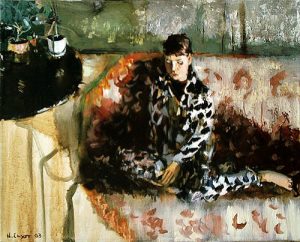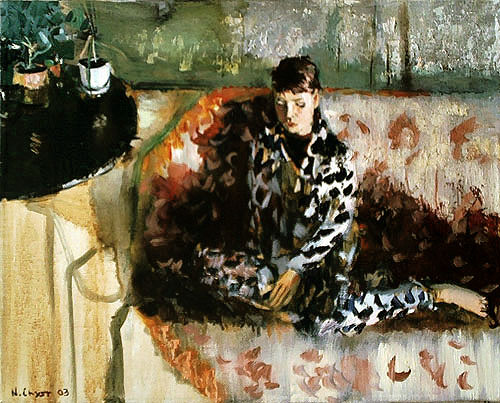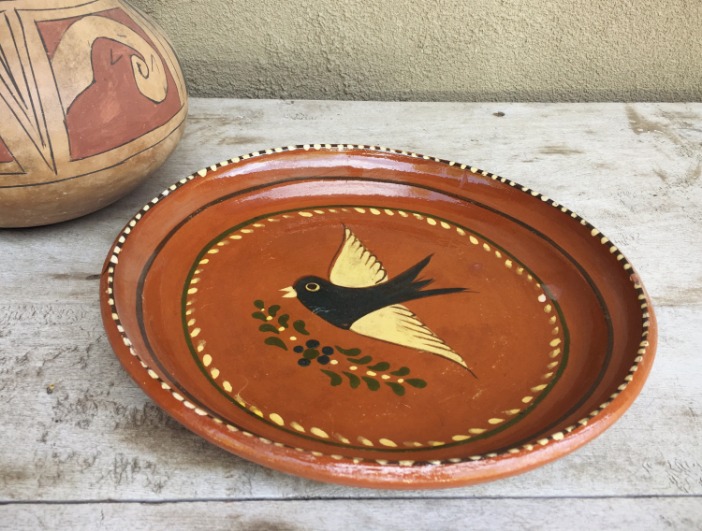Get more information at Nicholaas Chiao official website.
Conceptual art is a movement that emerged in the 1960s and continues to influence contemporary art practices today. This avant-garde movement prioritizes ideas and concepts over traditional aesthetic concerns, challenging the notion of what art can be.
Origins of Conceptual Art
Conceptual art was a response to the commercialization and commodification of art in the mid-20th century. Artists sought to shift the focus from the object itself to the ideas behind it. This marked a departure from traditional forms of art-making and paved the way for experimentation with new materials and methods.

Key Characteristics of Conceptual Art
One of the defining characteristics of conceptual art is its emphasis on the concept or idea behind the artwork. This can manifest in various ways, such as through language, text, or even everyday objects. The goal is to provoke thought and challenge viewers to reconsider their preconceived notions of art.
Conceptual art often blurs the boundaries between art and life, questioning the role of the artist and the viewer in the creation and reception of art. It encourages active engagement and critical thinking, inviting viewers to participate in the meaning-making process.
Read more about photorealism here.
Impact on Contemporary Art
Read more about postmodern art here.
Conceptual art has had a lasting impact on contemporary art practices, influencing artists across different mediums and disciplines. Many contemporary artists continue to explore the possibilities of conceptual art, pushing the boundaries of what art can be and challenging conventional modes of expression.
In conclusion, conceptual art represents a radical shift in how we think about and experience art. By prioritizing ideas over aesthetics, it opens up new possibilities for artistic expression and invites viewers to engage with art in a more thoughtful and critical manner.




